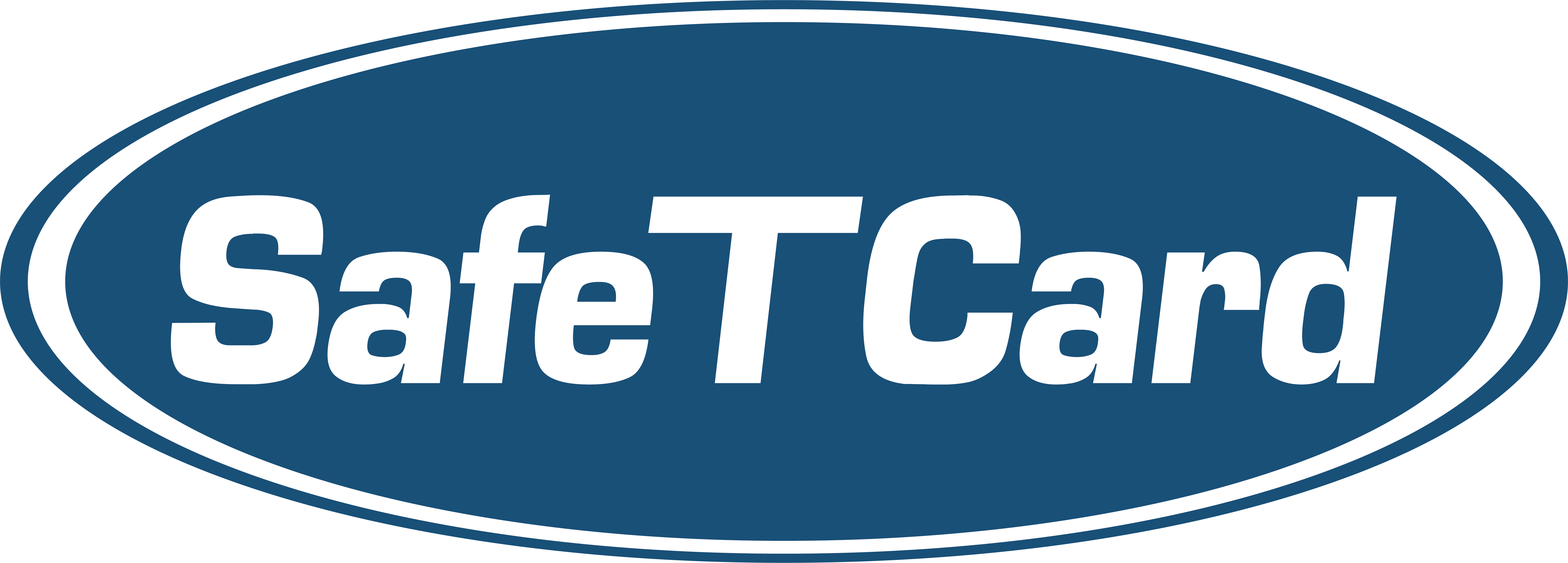Ensuring the safety and well-being of lone workers is a critical responsibility for employers across various industries in Australia. Lone workers, who perform their duties in isolation without direct supervision, face unique risks that require specific safety measures. The Australian government, through Safe Work Australia and state-specific bodies, has established comprehensive legislation and guidelines to protect lone workers. This article provides an overview of the current policies and legislation governing lone worker safety in Australia as of 2024, including key provisions such as Regulation 48 ‘Remote or Isolated Work’ from the Managing the Work Environment and Facilities Code of Practice 2018.
Key legislation and guidelines
1. Work Health and Safety (WHS) Act 2011
The cornerstone of workplace safety in Australia is the Work Health and Safety (WHS) Act 2011. This federal legislation provides a framework to ensure the health and safety of all workers, including those working alone. Key provisions include:
- Duty of care: Employers are required to ensure, as far as reasonably practicable, the health and safety of their workers. This includes providing a safe working environment, adequate facilities, and necessary information, training, and supervision.
- Risk management: Employers must identify hazards, assess risks, and implement effective control measures to mitigate those risks.
- Consultation: Employers must consult with their workers and health and safety representatives on matters affecting their health and safety.
2. WHS Regulations 2011
The WHS Regulations 2011 provide further detail on the requirements set out in the WHS Act. These regulations specify the duties of employers in managing risks associated with specific hazards, including those relevant to lone workers.
- Emergency plans: Employers must prepare and implement emergency plans that address potential emergencies relevant to their workplaces, including those involving lone workers.
- First aid: Adequate first aid provisions must be available, and lone workers should have access to appropriate first aid resources.
- Communication systems: Effective communication systems must be in place to ensure lone workers can stay in contact with their supervisors or emergency services.
3. Regulation 48 ‘Remote or Isolated Work’ from the Managing the Work Environment and Facilities Code of Practice 2018
Regulation 48 specifically addresses the risks associated with remote or isolated work. Key requirements include:
- Risk assessment: Employers must identify hazards associated with remote or isolated work and assess the risks to the health and safety of workers.
- Control measures: Implement control measures to eliminate or minimise the risks associated with remote or isolated work. This can include the use of communication systems, personal safety devices, and regular check-ins.
- Communication and monitoring: Ensure effective communication and monitoring systems are in place to manage the safety of workers performing remote or isolated work. This includes ensuring that workers can communicate with supervisors and emergency services.
4. Safe Work Australia guidelines
Safe Work Australia provides detailed guidance on managing risks associated with lone working. These guidelines are designed to help employers comply with WHS laws and protect their lone workers effectively.
- Risk assessment for lone workers: Employers should conduct thorough risk assessments to identify the specific risks lone workers may face. This includes considering the nature of the work, the location, and the time of day.
- Control measures: Implement control measures to eliminate or minimise risks. This can include providing training, implementing buddy systems, or using technology to monitor lone workers.
- Monitoring and communication: Regular monitoring and effective communication are crucial for ensuring the safety of lone workers. Employers should establish regular check-ins, use GPS enabled devices, and ensure lone workers can quickly raise an alarm if needed.
WHSOLA Act 2024: Enhancing lone worker safety
In March 2024, significant updates were made to the Work Health and Safety (WHS) regulations, specifically targeting the safety of lone workers. The Work Health and Safety and Other Legislation Amendment Act 2024 (WHSOLA Act) introduces several key changes:
- Prohibition on insurance for WHS penalties: Ensures that businesses cannot use insurance to cover fines related to work health and safety penalties, enhancing the deterrent effect of monetary penalties.
- Enhanced worker representation: Strengthens the role of Health and Safety Representatives (HSRs) and clarifies the rights and responsibilities of WHS entry permit holders.
- Updated compliance requirements: Introduces stricter guidelines for risk management and incident reporting. Employers must maintain comprehensive records of safety measures and incidents, implement effective risk management strategies, and regularly review and update their safety protocols.
State and Territory specific legislation
While the WHS Act and Regulations provide a national framework, each Australian state and territory has its own WHS legislation and regulatory bodies. Employers must ensure they comply with both federal and local requirements. Key state-specific bodies include:
Key considerations for employers
1. Comprehensive risk assessments
Conducting comprehensive risk assessments is fundamental to protecting lone workers. Employers should identify all potential hazards and assess the likelihood and severity of risks associated with lone working. This process should involve consulting with employees to gain insights into the specific challenges in lone worker safety they face.
2. Training and awareness
Providing adequate training is essential to ensure that lone workers are aware of the risks and know how to protect themselves. Training should cover emergency procedures, use of communication devices, and personal safety measures. Regular refresher courses are also important to keep safety knowledge up to date.
3. Use of technology
Leveraging technology can significantly enhance the safety of lone workers. Devices such as GPS positioning on activation, personal alarms, and mobile apps can provide real-time monitoring when activated and instant emergency alerts. These tools ensure that help can be dispatched quickly if a lone worker encounters trouble.
4. Emergency preparedness
Emergency preparedness is a critical aspect of lone worker safety. Employers should develop and regularly update emergency plans that address potential scenarios specific to lone working. Conducting regular drills and ensuring that lone workers know how to respond in an emergency is vital.
How SafeTCard can help
SafeTCard offers a range of advanced safety solutions specifically designed to protect lone workers. These solutions align with the requirements set out in Australian legislation and guidelines, providing comprehensive protection and peace of mind for both employers and employees.
1. SafeTCard 4G Companion:
- Features: GPS positioning on activation, emergency button, fall detection, two-way communication.
- Benefits: Real-time location positioning on activation and immediate assistance in emergencies provide peace of mind and enhanced safety.
2. SafeTCard ID:
- Features: Discrete design, GPS positioning on activation, emergency button, two-way audio.
- Benefits: Inconspicuous protection and reliable monitoring ensure safety without drawing attention.
3. SafeTCard Mobile App:
- Features: Emergency alert, GPS positioning on activation, check-in feature, man down detection.
- Benefits: Utilises existing smartphones for cost-effective and comprehensive safety.
4. SafeTCard ARC Bivy Stick:
- Features: Satellite communication, SOS button, GPS positioning on activation, weather updates.
- Benefits: Ensures connectivity and safety in remote areas without cellular coverage.
Conclusion
Ensuring the safety of lone workers in Australia is a multifaceted responsibility that requires adherence to comprehensive legislation and guidelines. By understanding and complying with the WHS Act 2011, WHS Regulations 2011, Regulation 48 ‘Remote or Isolated Work’ from the Managing the Work Environment and Facilities Code of Practice 2018, and Safe Work Australia’s guidelines, employers can create a safer working environment for their lone workers. Conducting thorough risk assessments, providing ongoing training, leveraging technology, and preparing for emergencies are key strategies for protecting lone workers.
SafeTCard provides advanced safety solutions that help employers meet these obligations and protect their workers effectively. For more detailed information and resources on lone worker safety, visit Safe Work Australia and your local WHS authority. Ensuring the safety and well-being of lone workers not only fulfils legal obligations but also fosters a culture of care and responsibility within the workplace.
For more information on how SafeTCard can help you enhance the safety of your lone workers, contact us today. Together, we can ensure a safer and more secure working environment for all.
Read more:




